
Zaanse Schans: The Dutch village of windmills
The Netherlands is famous for its cheese, clogs, tulips, and something else.
The windmills, of course!
Walking around Amsterdam centre, it was hard for me to imagine a time when it was cluttered with windmills fulfilling various purposes, from preventing the city from flooding to grinding the seeds for the Dutch favorite condiment: mustard.
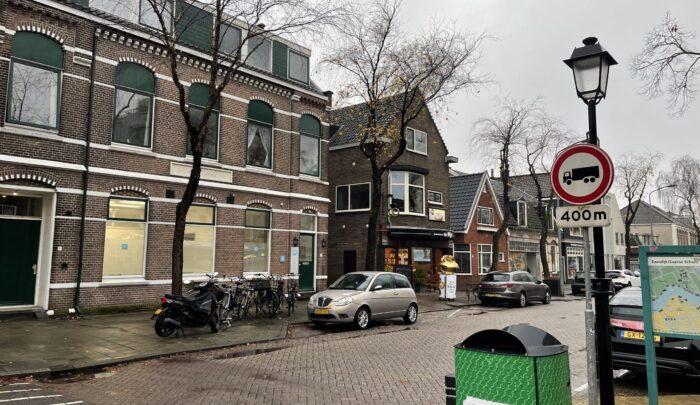
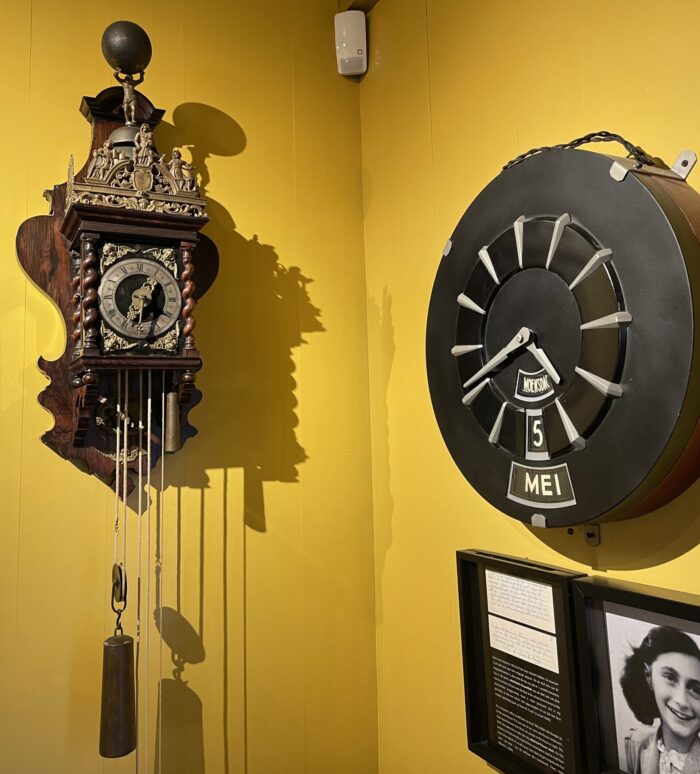
That situation has long since changed and most of the windmills have been dismantled, except for the few that have been relocated to the suburbs where wind conditions are favourable. Only a few of those are open to the public.
Instead, I ventured outside the capital to admire these beauties from up close. I headed to Zaanse Schans, a little picturesque village a short distance away from the capital to pay homage to the Dutch heritage.
First things first - Zaanse Schans is a real village and is open all year round. If you are looking for activities to do, opening hours apply to those activities.
This trip can easily be done as a day trip - here is how you can plan your trip and be sure not to miss the highlights.
The Windmills of Zaanse Schans
The moment I arrived in Zaanse Schans, I was in awe of the authentic vibe, picturesque views and unique windmills. Once upon a time, there were over 600 windmills working to keep the economy running.
To get to the village from the train station is a fifteen-minute walk through a pretty and vibrant village street. That morning, the aroma of fresh bread from the local bakeries stayed with me all the way, mingled with morning freshness and a cup of coffee in one of the tiny bakeries put me in the right mood for some exploration. After all, it was a cold December morning with every chance of rain.
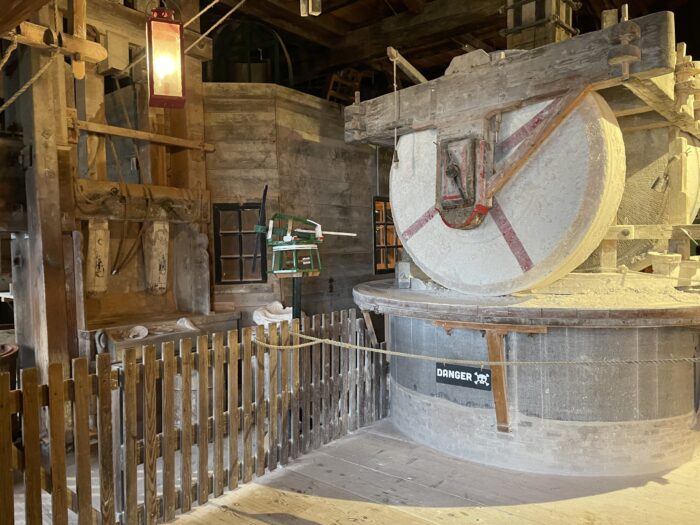
Soon, I crossed the bridge and arrived at the village. From afar, the windmills could be seen, standing there waiting for wind to blow life into it.
I started with the museum of Dutch clocks (it is located at the entrance to the village, so you can’t miss it) and made my way into the village filled with wooden houses, barns, restaurants, and small shops selling organic chocolate and souvenirs. Barring the latter, I felt as though I had walked into the Holland of 1850.
Slowly I made my way into the village, which was already filling up with tourists, coming upon pretty windmills with prettier names - like The Cat (de kat), The Spotted Hen (de bonte hen) and The Cloverleaf (het klaverblad). These mills (sawmills, oil mills and mustard mills) are still in use. Windmills are iconic symbols of The Netherlands and offers a glimpse into the country’s rich industrial heritage.
Each windmill has its own story and use. For example, De Kat -it is one of the most intriguing windmills on this list. To this day, it still manufactures a range of art supplies including vibrant pigments, paints, oils and chalk. These supplies are then shipped to artists and creatives worldwide. De Huisman is the spice mill and inhaling those delicious aromas of spices is a whole different level of bliss while De Bonte produces oil.
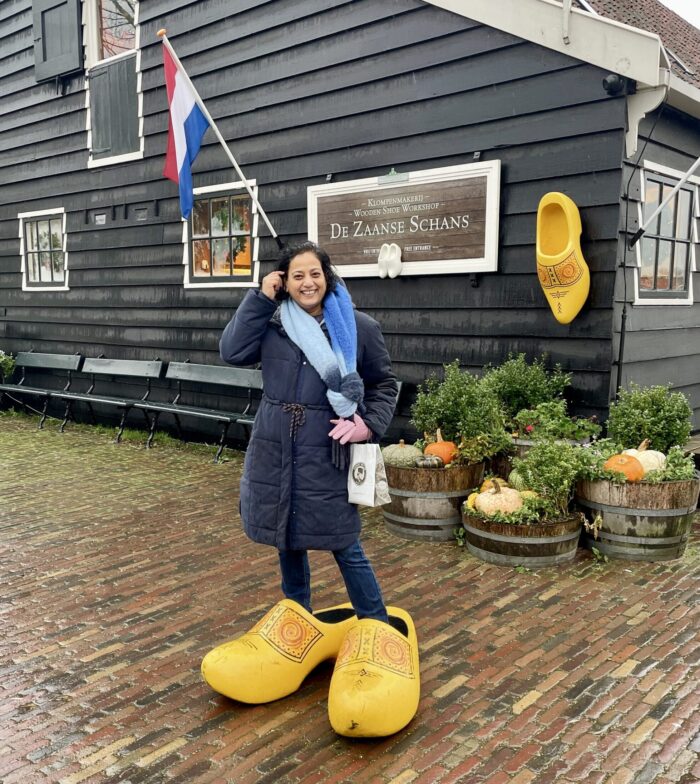
History of windmills
Dutch started building windmills as early as 1,200 A.D for grinding grains. In the 19th century, there were more than 9,000 windmills in the country. However, only about 1200 exist today since fewer and fewer windmills are being used and maintained. These gentle giants were abandoned when steam power took over and one didn’t have to wait for the wind to blow. When steam was introduced, the workers didn’t need to stay up at night and wait for the winds and eventually many of the windmills fell into disarray and decay.
Understanding the Clogs
After a tour of the windmills, it was time to delve deeper into the Dutch history through its wooden shoes. I wandered around (in the gentle drizzle, unaware that i could, after all, borrow an umbrella from any of the shops) admiring the historical buildings with their unique timber architecture of the 18th and 19th centuries so typical of the Zaan region. The Zaanse Schans is best explored on foot and this way you can take in the unique peat meadow landscape.
Soon, I came upon the shoe shop with a giant yellow shoe (clog) at the entrance (clogs, if you please) to stare at the hundreds of colourful wooden shoes on display, resisting the temptation to buy one.
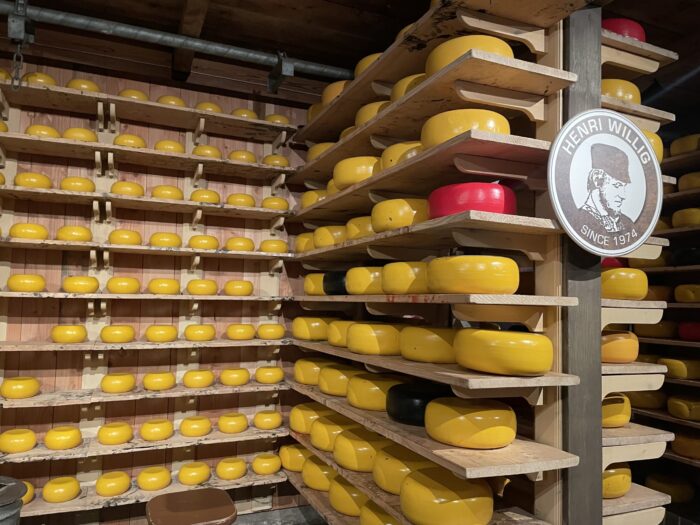
The clog artisan community at Zaanse Schans has been around since the XVIII century. The clog is a Dutch icon popular worldwide. Although, not commonly worn by the locals, it is still possible to spot the odd person sporting the clogs, particularly in rural districts. For centuries, these wooden shoes were the popular choice for farm labourers. A tour of the shoe-factory is interesting, and I got to see the use of antique machines carving shoes of different sizes, same as they were made over a hundred years ago.
The workshop is located within the area of the living history museum. You can even purchase a shoe if you like. (I did. Now I put flowers in them.)
From here I proceeded to Catharina Hoeve cheese farm opened in March 2018 in a former barn with every intention of buying some cheese and learning the history of Henri Willig and his passion for cows and high-quality cheese production. The entrance was like a small museum - here (for the interested visitor) short reels and films are played and there is a fine display of photographs documenting the history of the cheese and cheese making.
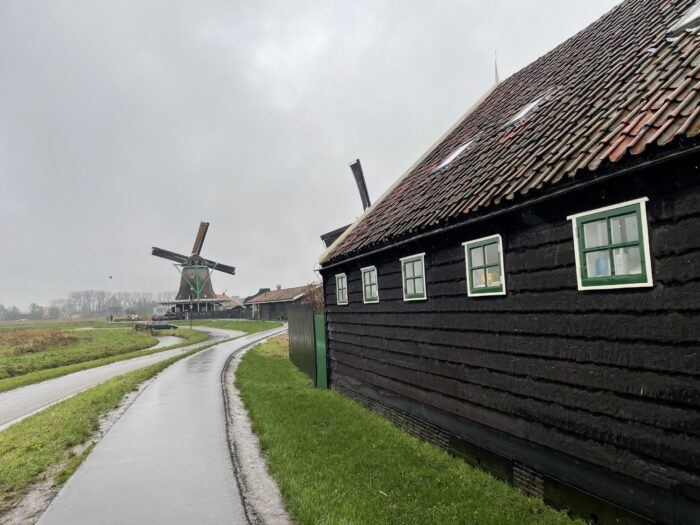
And yes, once inside, you can (cheese lovers, smile) taste cheese (please make sure not to sample too much just because it is free) and learn all about the product by cheese connoisseurs, dressed in traditional Dutch costumes. I can safely say that I did indulge a little too much but, in my defense, it was a cold December day with some rain, and I wasn’t going to give up the chance of getting out of the cold and warming myself up with some cheese. Just for your information, Henry Willig has stores all over Amsterdam and in my opinion, they have the best cheese.
Other things to see and do in Zaanse Schans
- Weaver’s House: This was once home to two large families and reflects the world of traditional textiles in the Zaan region. Unravel the threads of history and witness the intricate process from start to finish. The house is very well preserved and showcase the authentic architecture and interiors of an authentic Dutch home.
- Admire the architecture: Take a stroll around the charming village to see some of the authentic wooden houses. They are picture perfect.
- Learn the art of cheese making: Cheese is a big deal in The Netherlands, and you simply must not miss a visit to the Catharina Hoeve Cheese Farm. Here you will hear all about the production of different cheeses by workers dressed in traditional Dutch outfits.
- The Zaans Museum: A great place to learn about the Zaan region through its many exhibits. The museum showcases local art and unique information about the village.
Useful information
- Zaanse Schans is a village and is therefore open all year. The activities of course are subject to opening hours.
- Getting to Zaanse Schans: Zaanse Schans is an easy day trip from Amsterdam and is well-connected by bus, car, trains, and bicycle. A bus ride to the region is roughly 40 minutes. The train from Amsterdam Central Station can get you to Koog-Zaandijk in 17 minutes.
- Amenities are available for disabled travellers. The Jonge Schaap Windmill can also be accessed by wheelchair.
- Zaanse Schans Card: This allows you entry into some of the chareable-attractions and be used for discounts at certain stores. The card can be purchased at the Zaans Museum Information Centre or at one of the museums.
Best time to visit
The best time to visit Zaanse Schans is from April to November when the sun is out, and it isn’t raining.
However, to avoid the crowds visit before 10:00 a.m. or between 4-6 pm.
Mondays and Tuesdays tend to be the quiet days.
In the low season, not all the attractions remain open throughout the week and opening times vary.
Certain attractions remain closed on Mondays, so bear this in mind when scheduling a visit.
Alternatively, you can plan a day trip to a Dutch village without roads.
Link nội dung: https://caohockinhte.edu.vn/zaanse-schans-a65512.html